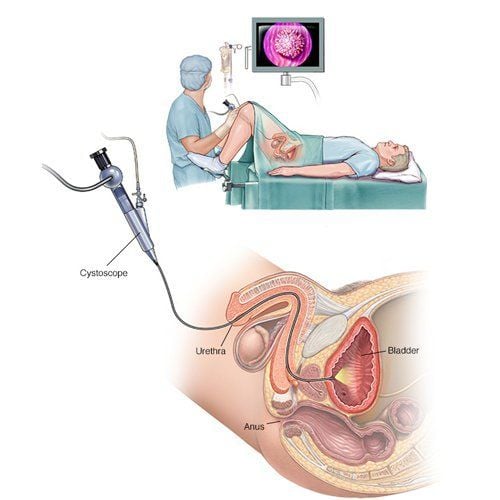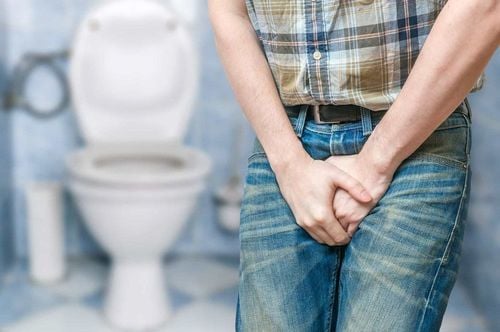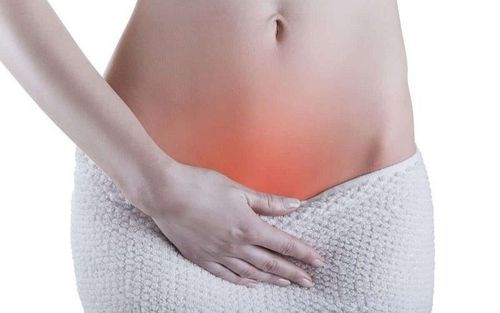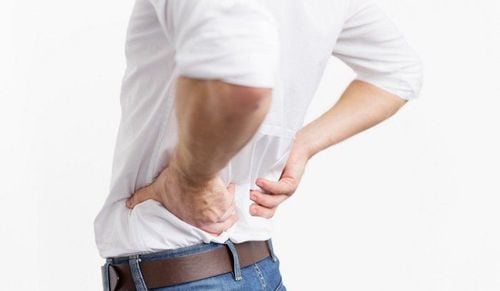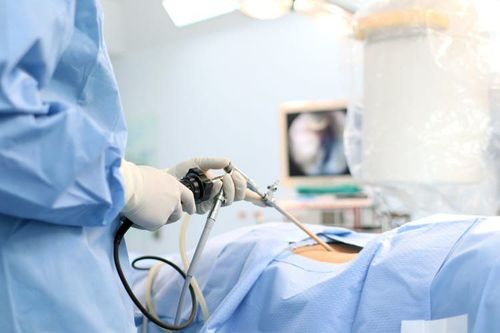This is an automatically translated article.
The article was professionally consulted with Specialist Doctor I Nguyen Hung - Doctor of Endocrinology - Department of Medical Examination & Internal Medicine - Vinmec Danang International General Hospital.Cystoscopy is a method to diagnose and treat urinary tract diseases that is being widely applied today. This is a technique to assess the causes and status of diseases in the bladder - urethra, from which to have a timely and effective treatment plan. Currently, there are 2 endoscopic techniques: cystoscopy with anesthesia and cystoscopy without anesthesia.
1. What is a cystoscopy?
Cystoscopy is a procedure in which a doctor evaluates the lower urinary tract, including the bladder and urethra, through an endoscope. This procedure is done by using an endoscope inserted into the bladder through the urethra. The doctor can look directly into the endoscope or through a computer screen that displays the endoscope.The time to perform the procedure depends on the complexity of the pathology. For mild diseases, simple treatment, the procedure takes only about 10-15 minutes.
Indications for cystoscopy:
Diagnosis of causes of hematuria symptoms, in case of gross hematuria, recurrent hematuria; Screening, checking bladder tumor, upper urinary tract urolithiasis, urethral tumor or urinalysis; In the case of pelvic tumors, to investigate the invasion and compression of the tumor with the bladder and ureters; Follow-up after treatment of superficial bladder tumor (early stage);
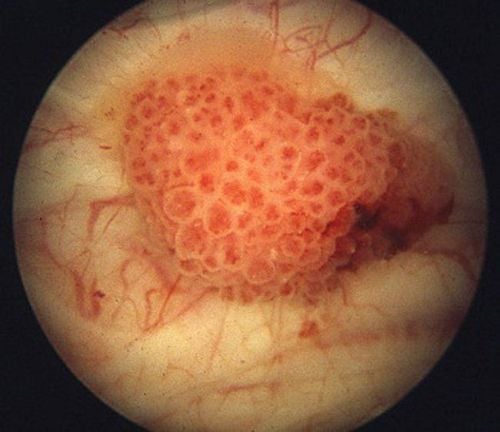
Acute urinary tract infections; Allergy to Lidocaine; Severe urethral stricture; Cases where the patient does not cooperate: unable to bear pain, psychosis, ... (need pain relief, pre-anesthesia support).

2. Technical procedure of cystoscopy
Preparation:The patient does not eat or drink from the night before the endoscopy day; Your doctor may prescribe antibiotics before the procedure; Collect a urine sample before performing a cystoscopy; For cystoscopy procedures performed under local anesthesia without fasting; Notify your doctor if you are taking blood thinners such as warfarin, aspirin and ibuprofen. 2.1. Cystoscopy with anesthesia Pain relief for patients: inject pain medication to the patient before the procedure (Feldene, Mobic..), local anesthetic with Xylocaine (usually a gel) injected through the line. urethra. Patient position: obstetric position. Endoscopy: place a cystoscope, give water and bladder to check the condition of the bladder, urethra, two ureteral openings. 2.2. Cystoscopy without anesthesia The patient is dressed in hospital clothes, lying on his back on a flat bed, cleaned outside of the urethra and surrounding skin. The doctor applies gel to the urethral opening and the bronchoscope to make it easier for the endoscope to enter the urethra, reducing discomfort for the patient; The doctor pushes the endoscope gently into the urethra, toward the bladder. A sterile solution is given through an accessory channel in the laparoscope to slowly fill the bladder so that the doctor can see the lining of the bladder more easily;
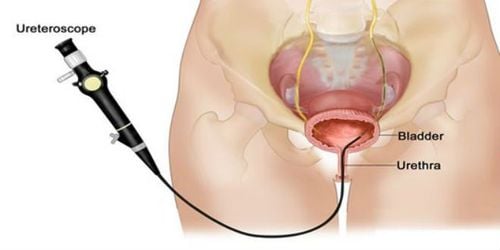
3. Complications can occur after cystoscopy
Bleeding during or after the procedure: you may see a small amount of blood the first time you urinate. Most women who have a biopsy during a cystoscopy will see blood in their urine. The amount of bleeding is usually very small. Healthcare professionals may pass water through a catheter into the bladder to flush out blood or to remove any remaining blood clots (also known as 'bladder lavage'). Urinary tract infection: after the endoscopy you feel the need to urinate many times and only urinate a small amount each time with discomfort, you may have a urinary tract infection. If these symptoms get worse, tell your doctor. You may need to treat this symptom with antibiotics. Urethral stricture: caused by scar tissue forming in your urethra. However, urethral stricture is quite rare after the first cystoscopy. If this happens, you may need further surgery to correct it.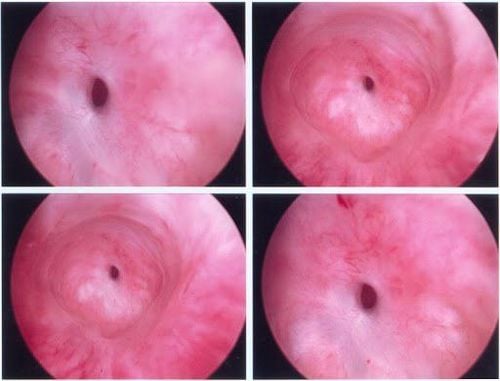
Please dial HOTLINE for more information or register for an appointment HERE. Download MyVinmec app to make appointments faster and to manage your bookings easily.





